Harvest Food Faster From The Garden
The quick cropping garden is all about planting out a patch of crops that is ready for harvesting in approximately 60 days or less. The benefits are getting food from the garden much faster, and having something available from the garden at all times. In addition, this type of gardening helps with water usage. Crops that mature faster, will require less water over time than those that take longer to mature. Since the garden is always packed with some kind of quickly maturing crop, there is less space for weeds to grow. This method of gardening can work in any sized space and is especially beneficial if gardening in a smaller space. It works for raised bed gardens, container gardening, and even patio gardening,
Here are 3 tips to get the most of out a garden space used for quick cropping.
Succession Sow
Space out your planting over several weeks. Instead of planting a large amount of a crop at once, plant seeds every two weeks. This allows crops to mature at different times as needed rather than all at once. They also helps with the “Hunger Gap” right as the seasons are changing. Also as crops are harvested, use the freed up space to sow a new batch of seedlings.
Companion Plant
Practice companion or interplanting crops to get more from the gardening space. In the quick cropping garden, sow crops that mature sooner with crops that take a little longer. For example plant radishes close to carrots, the radishes will come up and mature much sooner than the carrots. They can be harvest before the carrots start getting larger and need the extra room. A few other examples are over-sowing radish with favas, plant green onions with beets, or any of the brassica family. Arugula can be over-sown with most other crops, lettuce with beets, and mustard greens with swiss chard.
Protect from birds
Young seedlings are a magnet for birds and other hungry residents in the garden. Before planting, have a strategy in place to protect your crops. Inexpensive tulle, wire baskets, and row covers are excellent at protecting crops.
The List
Harvest food faster from the garden with this extensive list of crops.
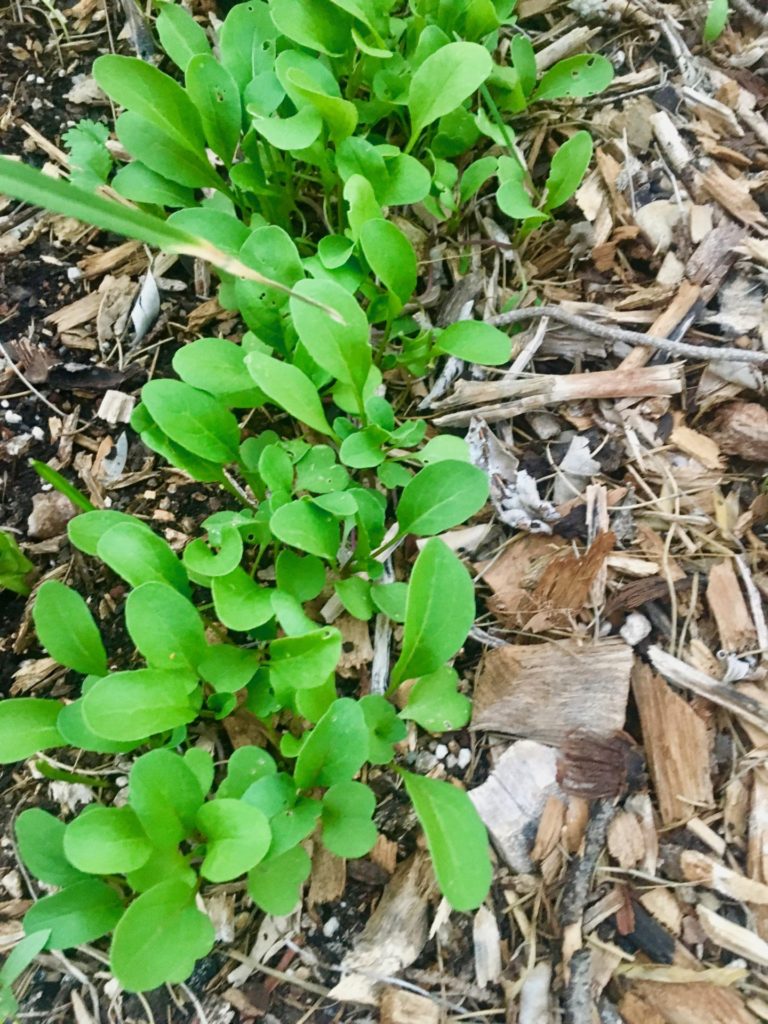
Arugula/Rocket
Arugula is probably one the fastest crop to grow and excellent for a quick-cropping garden. The seeds will sprout in 2-3 days in warmer weather and about 7 days in cooler weather. Baby arugula will be ready in about 20 days and at 30 days they can be harvested as tender larger leaves. Cut the tops and continue to water. They will regrow really quickly. Choose between wild or cultivated arugula varieties. Sow in late September to April.
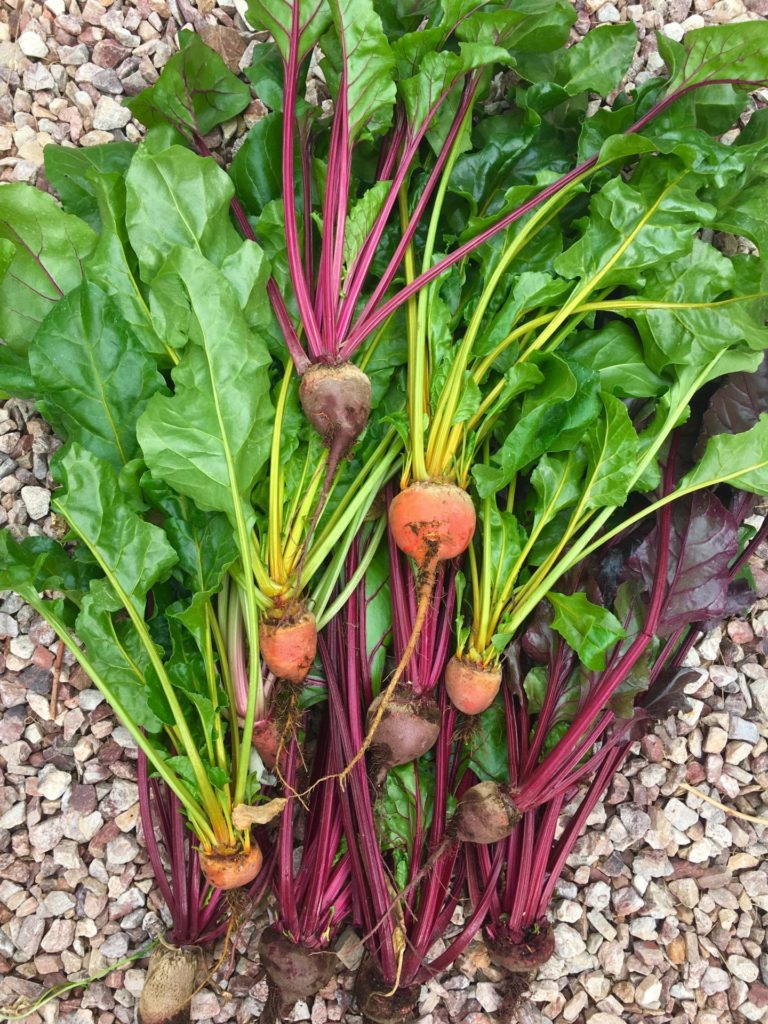
Baby Beetroot
Tender baby beets can be roasted, steamed, or pickled. Beetroot tops are also edible. Beets prefer slightly more acidic soil, that is loose and free draining. Direct sow seeds 6 inches apart. Each seed capsule will sprout 3-6 seedlings. Allow to grow in clumps of 4. Remove the largest in the clump when they are about 1.5 inches across. Try Dark Detriot, Early Wonder, and Sweet Heart Varieties. Ready for harvest in 45 days. Sow from October to March.
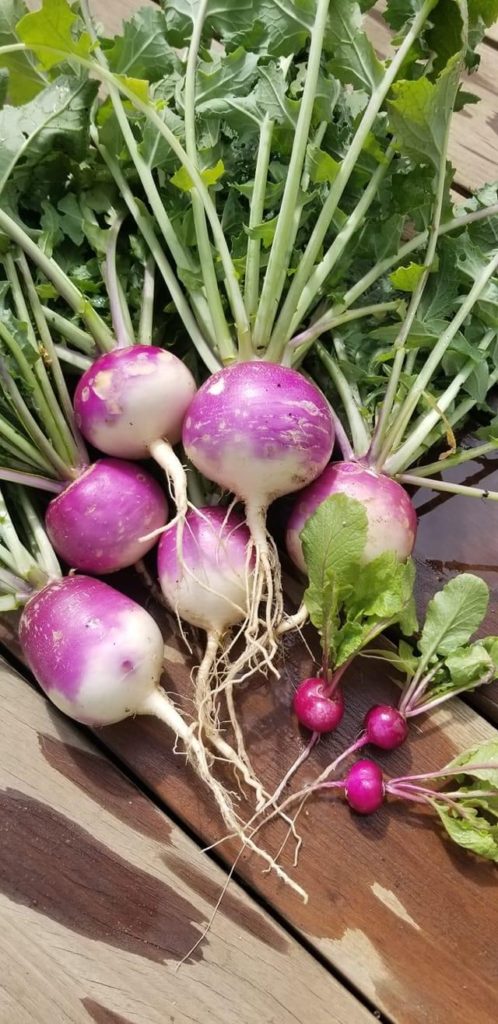
Image Credit: Lara’s Garden
Baby Turnips
Turnips are easy very easy to grow and can be direct sown in well-draining soil. Interplant with herbs or green onions. Direct sow or transplant seedlings. Try sauteing or add to soups and stews. Varieties that crop early are Purple Top Milan (35 days), Purple Top White Globe (45 days), and Market Express (40 days). Sow from October to March.
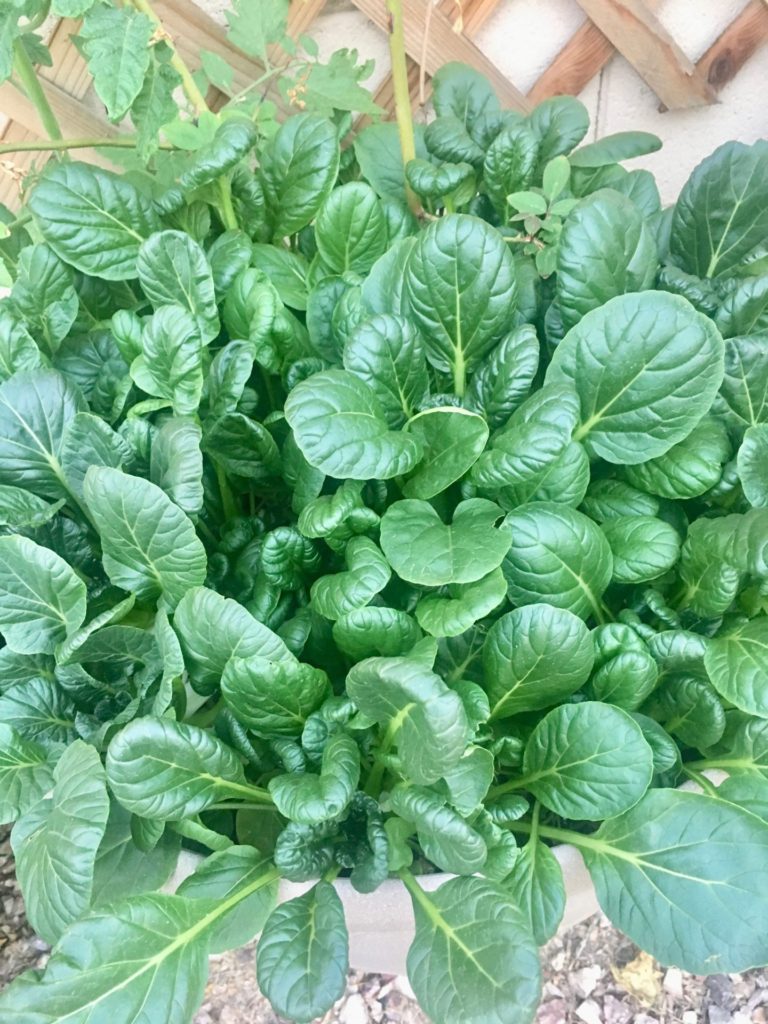
BOK CHOY
This Asian green in the brassica family is quite tolerant of heat and can be sown slightly earlier in the fall. It germinates very quickly and can be direct sown or transplanted as seedlings. Young leaves are ready at 21 days for salads and light sauteing. Full heads are ready at 45 days. A quick- cropping garden basic! Amend soil with compost before planting. Try Toy Choy also called Pak Choi (30 days) or Baby Bok Choy(35 days). Interplant with herbs or green onions. Sow late September to April.
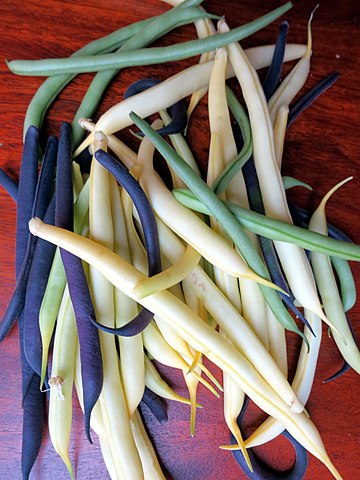
Image Credit: Ruth Hartnup from Vancouver, Canada / CC
BUSH BEANS
Beans can be direct sown or transplanted. Bush Beans crop much faster than climbing bean types and are ready in about 60 days. Plant in quantity to get generous harvests, they are less prolific than climbing types. Early cropping varieties to try are Blue Lake 274, Eureka Yellow Wax Bean (50-55 days), French Filet, and Ferrari Bush Bean. Plant Mid-September to beginning of October. Late March and April.
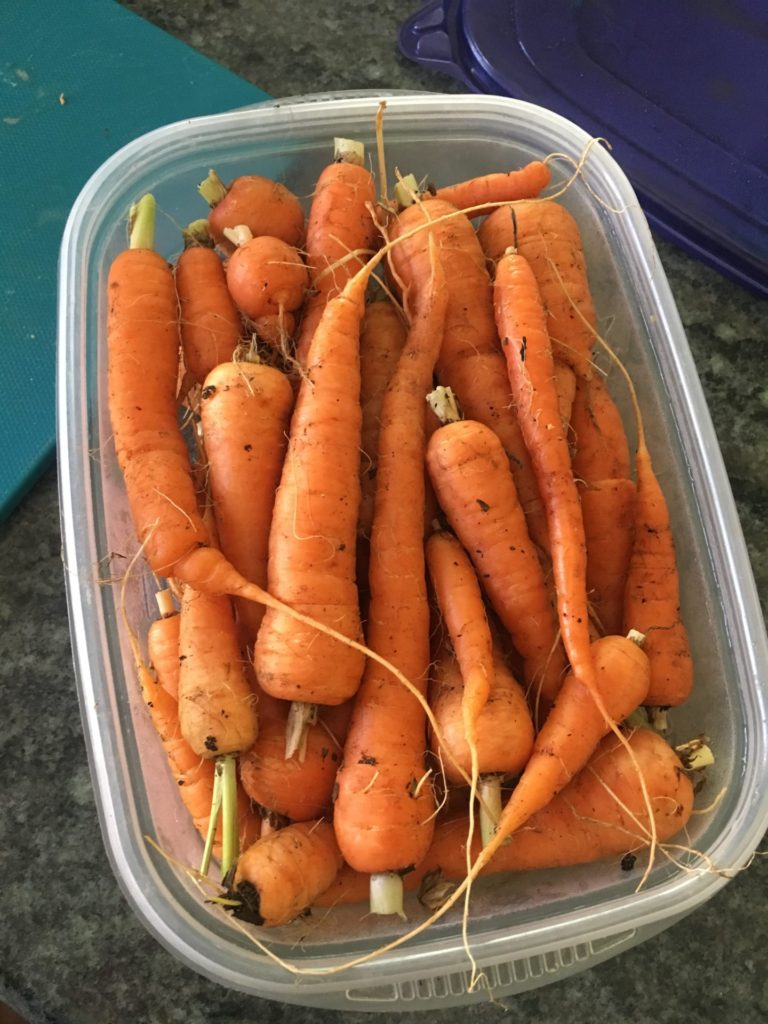
Carrots
Carrots require very loose well-draining soil and a sunny spot to do well. For more information on growing carrots read How To Grow Carrots. Quick cropping varieties are Parisienne also called Paris Market (50-65 days), and Little Finger (55 days). Both are crisp snacking varieties and especially fun for children to grow. *Carrots can take longer than noted. Sow in October-December and February-March.
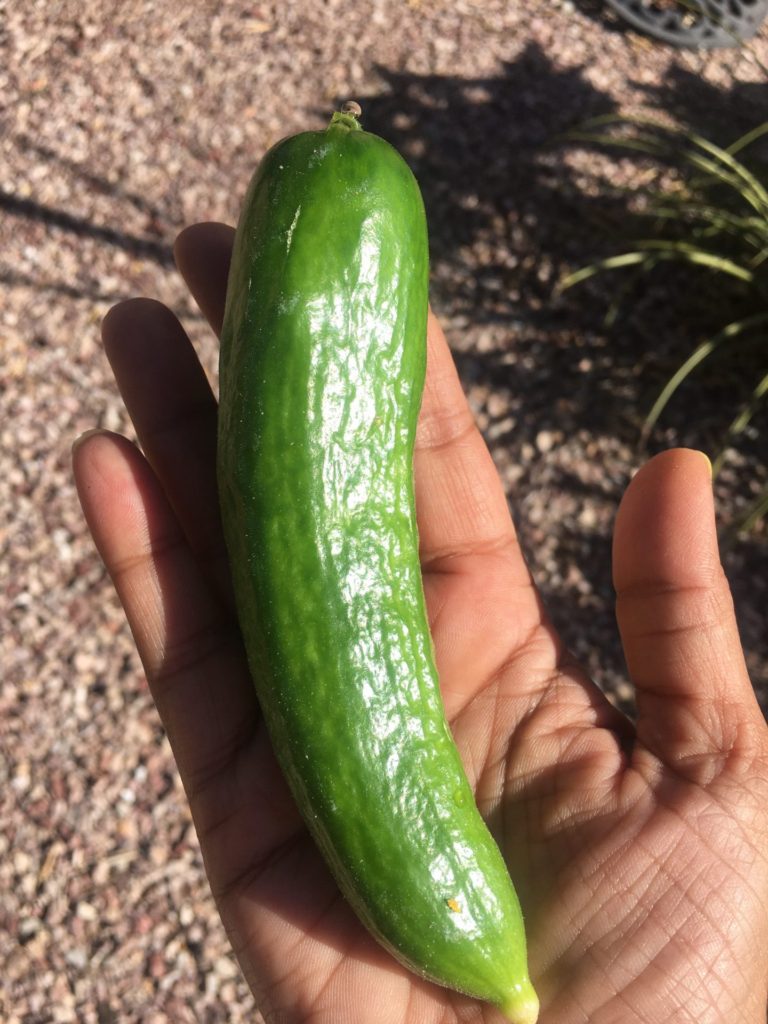
Cucumbers
Cucumbers do not like the extreme heat and are best planted early as transplant seedlings. Try Spacemaster 80(for container growing or small spaces). Other varieties to consider are Beit Alpha, Marketmore, and Botanical Interests Baby Cucumbers. These varieties are ready in 60 days. Read How To Grow Cucumbers. Transplant Seedlings in September and in late March.
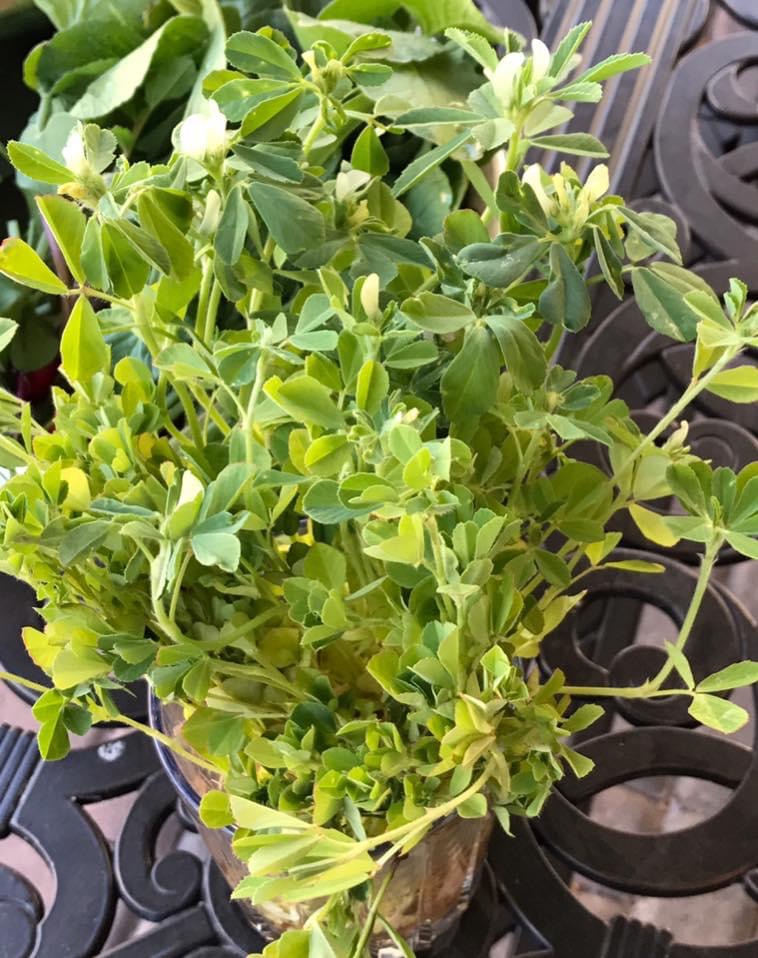
Fenugreek
A lesser know crop but perfect for the quick-cropping garden. It is a very easy green to grow and is extremely nutritious but it does have a very strong smell. It is detoxing food and the odor can ooze out of one’s pores. Drink plenty of water. Add to any soups, stews, curries, sautes. Ready in 30 days for harvesting. Plant October to March.
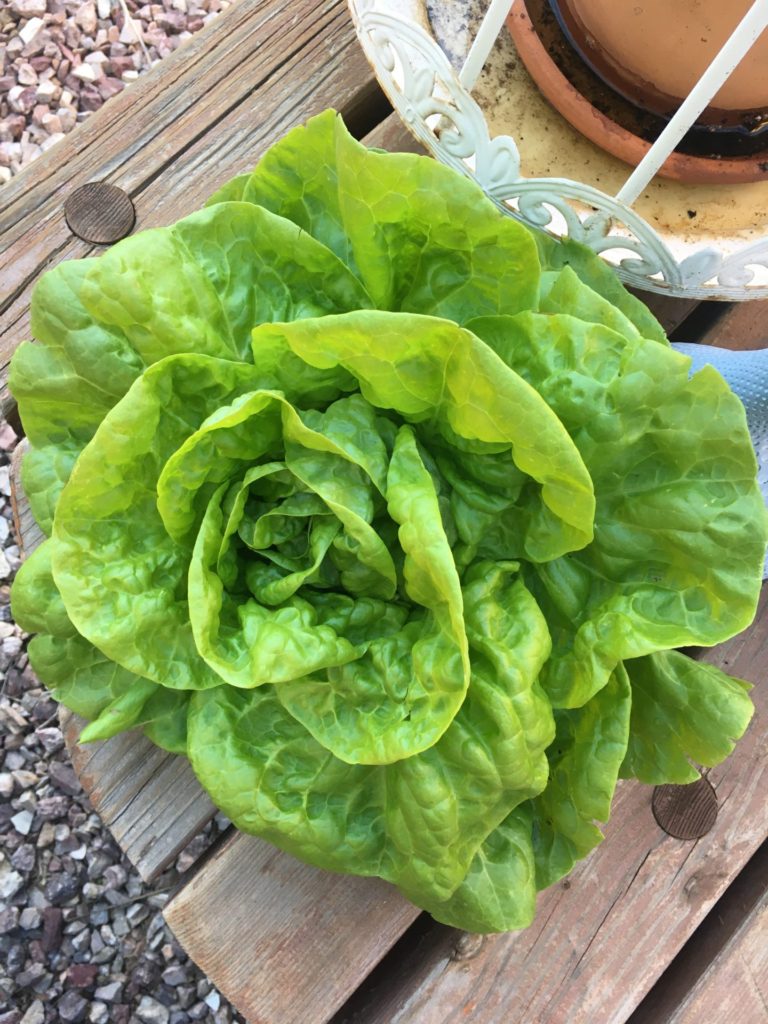
Head LETTTUCE
Around 30 days, start to harvest the outer leaves of head lettuce. This allows for a longer harvesting period from the plant, without having to start a new new plant each time a head is harvested. If a whole head is harvested, immediately pop a new seedling into the vacant spot. Try Red Sails, Green Ice , Black Seeded and Grand Rapids. All mature in 45 days. Plant from October to April.
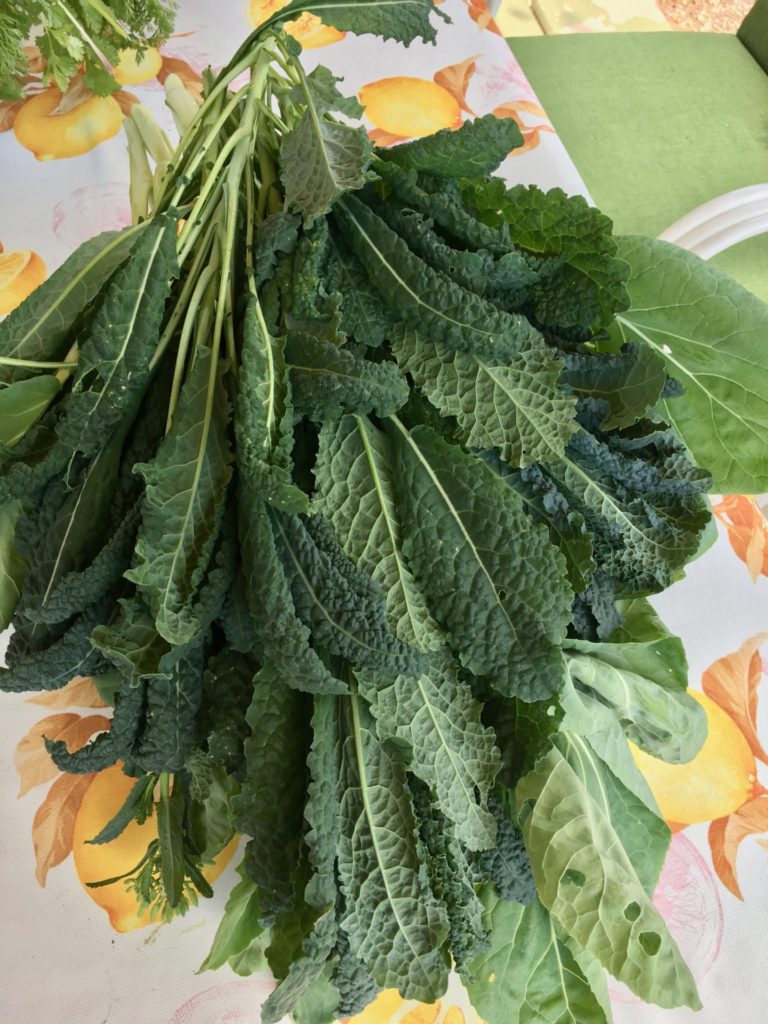
Kale
Sow kale thickly and harvest as baby kale for quick cropping. Kale takes about 60 days to mature but can be harvested sooner. Plant in well-amended soil in partial shade to full sun. Varieties to try are Red Russian, Dinosaur kale, Tronchuda (Portuguese kale), and kale blends. Also, try Chinese kale (Kailaan) which is Chinese broccoli. It provides both kale leaves and small broccoli-like florets. It is more heat tolerant than other broccoli and kale and can be planted mid-September. Sow October to November and February to April.
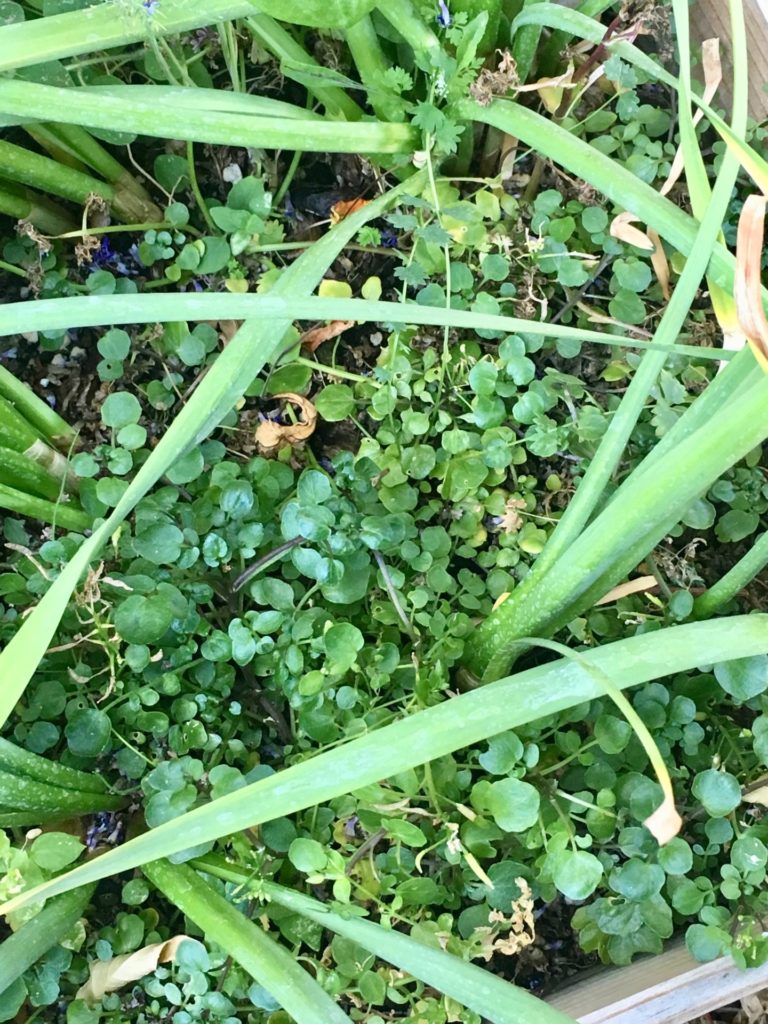
Land Cress
Closely related to watercress, land cress offers the same succulent tenderness and peppery bite as traditional watercress. It matures in approximately 50-60 days but can be picked as baby cress much sooner. Enjoy on sandwiches and in salads. Try Dutch Broadleaf cress (30 days) and Greek Cress (20 days) from Adaptive Seed. Also, try upland cress sometimes called Creasy Greens. Southern Exposure Seeds offers Belle Isle Upland Cress, Creasy Greens, and Curly Cress. Sow in late September or February.
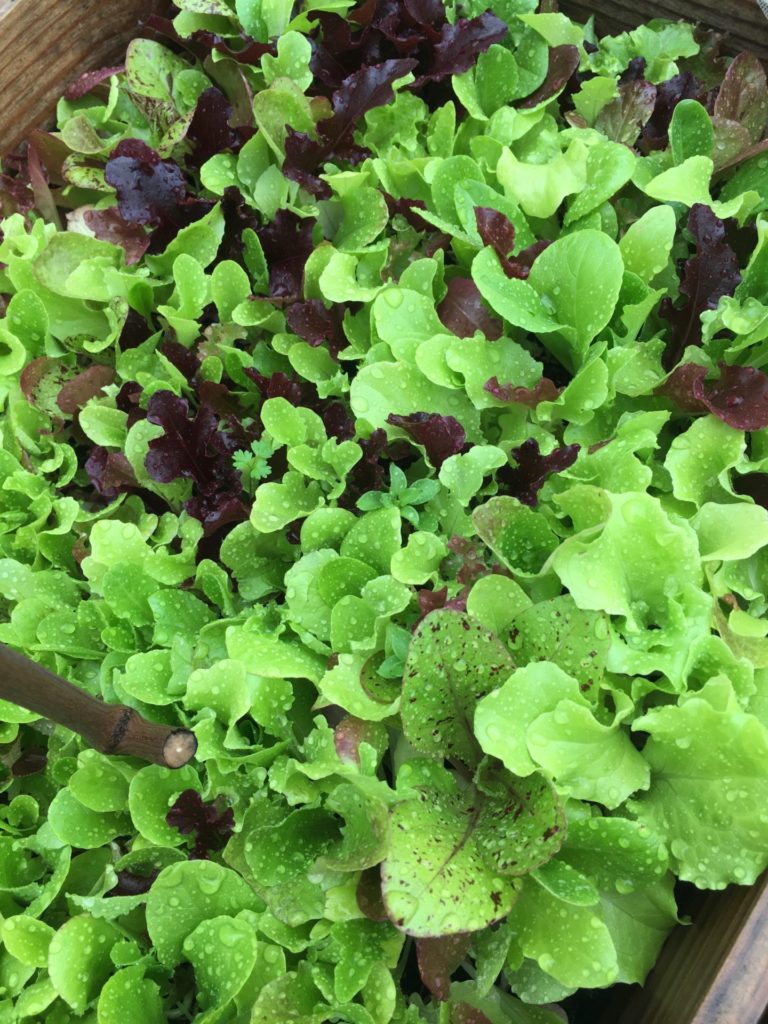
LOOSE LEAF SALAD
Tender salad blends are perfect for a quick cropping garden. There are several different blends to choose from or they can be self- blended. Mesclun mixes normally contain lettuce and other greens such as baby mustards, kale, and arugula. For a lettuce only blend try the Red Wing Lettuce Mix or Rocky Top Mix from Baker Creek. Loose-leaf lettuce does not require a deep planter and grows back very quickly after cutting. Cut 2-3 times before resowing. Sow mid-October to November. February to March.
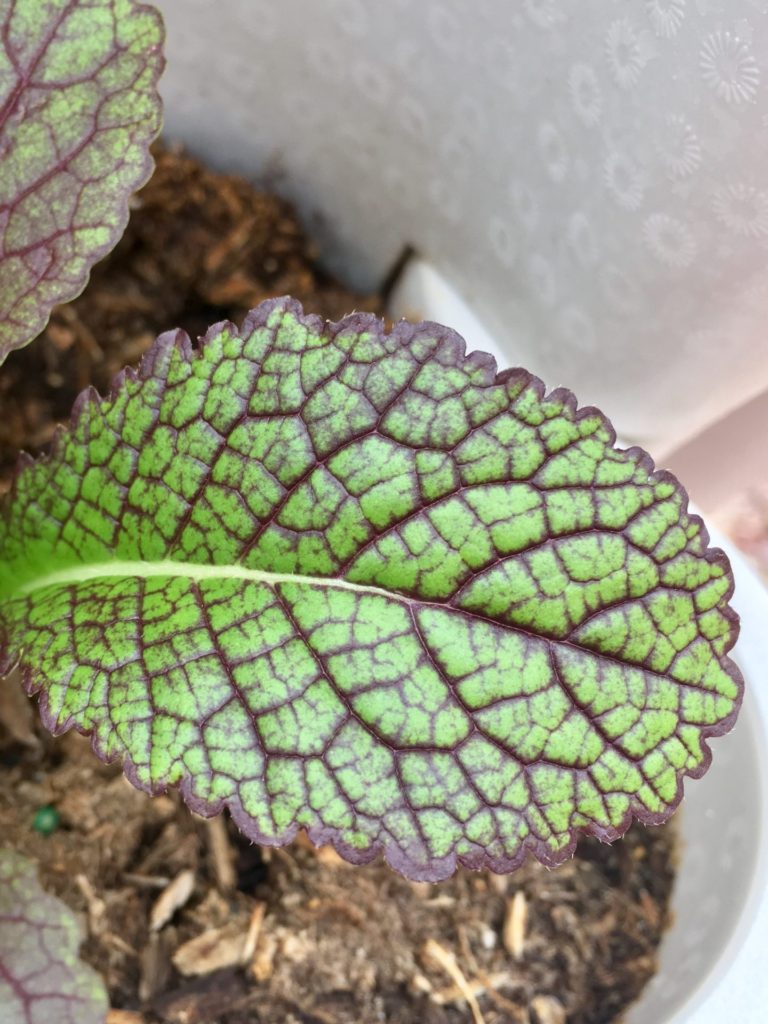
MUSTARD Greens
Sweet and spicy mustard greens are nutrient-dense and quick to crop. They can easily be sown among other vegetables and germinate quickly. Try the Must Have Mustard Baby Greens from Botanical Interests (30 days), Mizuna Mustard (40 days). Mizuna (30-50 days). Sow mid-September to November and February to March.
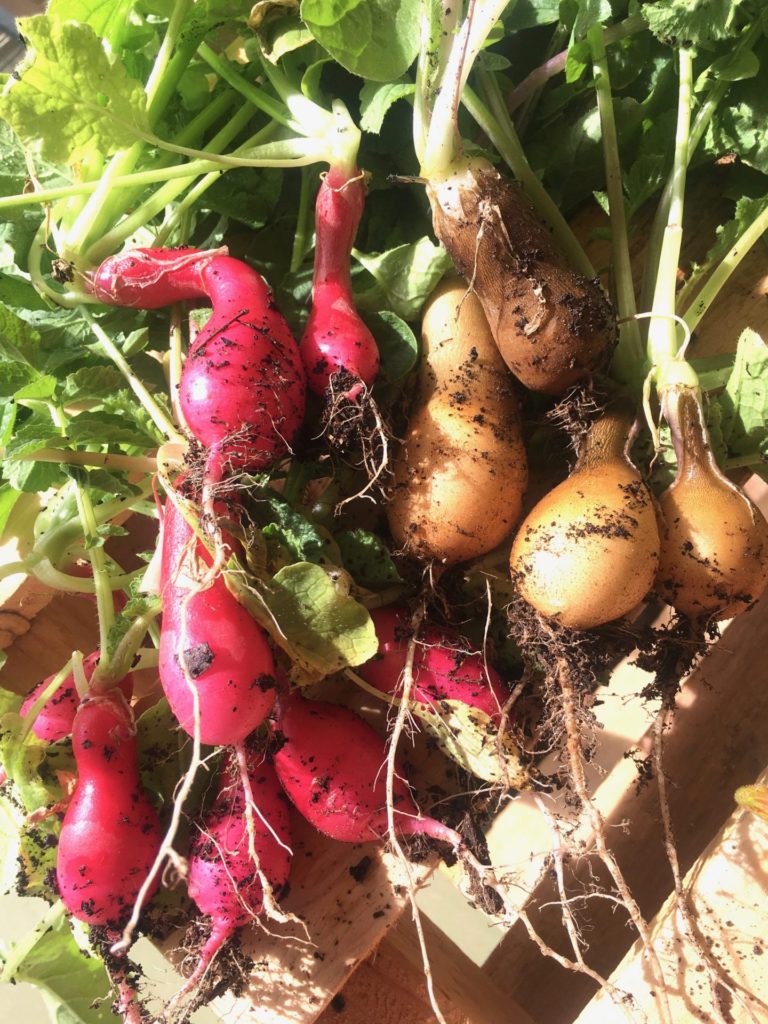
RADISHES
Spring radish varieties are very quick to crop around 35 days, however some varieties crop as early as 20 days. Interplant with carrots, lettuce, or other veggies. The radish tops are a bonus harvest and are tasty stir-fried. Try Cherry Belle (24 days) De 18 Jours (18 days), Zlata (30 days), and French Breakfast (30 days). Plant from October to March.
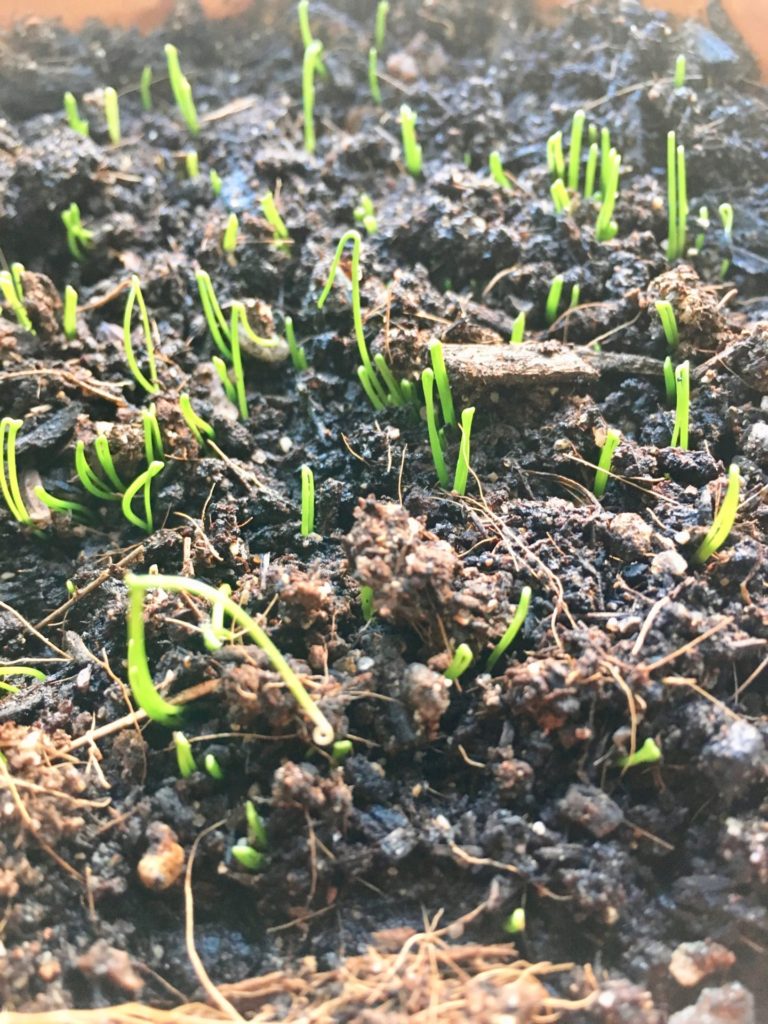
Scallions
Also, know as green onions, bunching onions and, spring onions. These take 60 days to mature but can be used earlier around 40 days. The seeds do take some time to germinate, approximately,10-15 days. Transplant or direct sow. They are easy to plant in between crops as a companion plant or in open spots around the garden. Try Italian Red of Florence, Ishikura, Red Welsh Bunching onion, and Evergreen Hardy White. Sow mid-September to October and March to April.
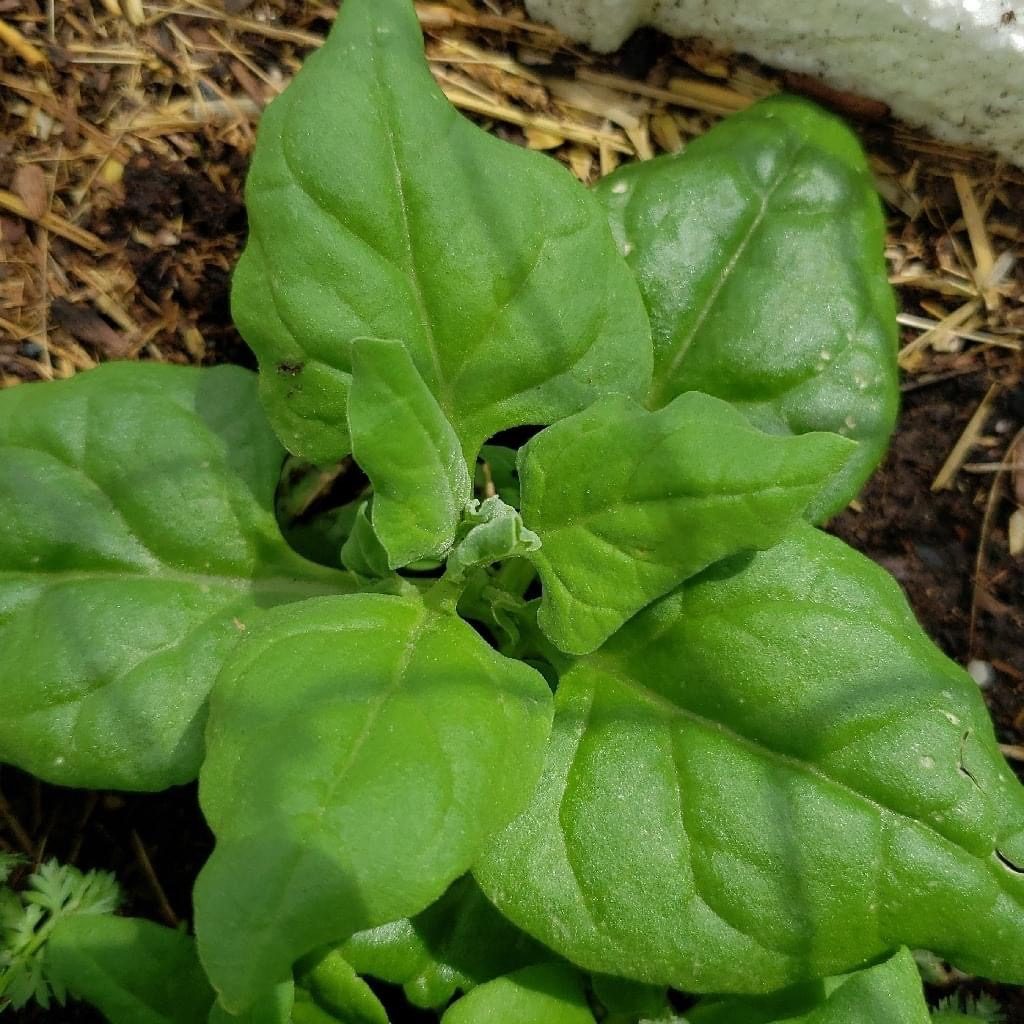
SPINACH
Spinach seeds are poor germinators and should be planted thickly. Plant in well-amended soil and keep well watered. Galilee takes only 35 days to mature and is more heat tolerant than other varieties. Matador is very sweet and takes 28-40 days to mature. Bloomsdale is ready in 28-48 days. Direct sow or transplant seedlings. Sow October to November and March to April.
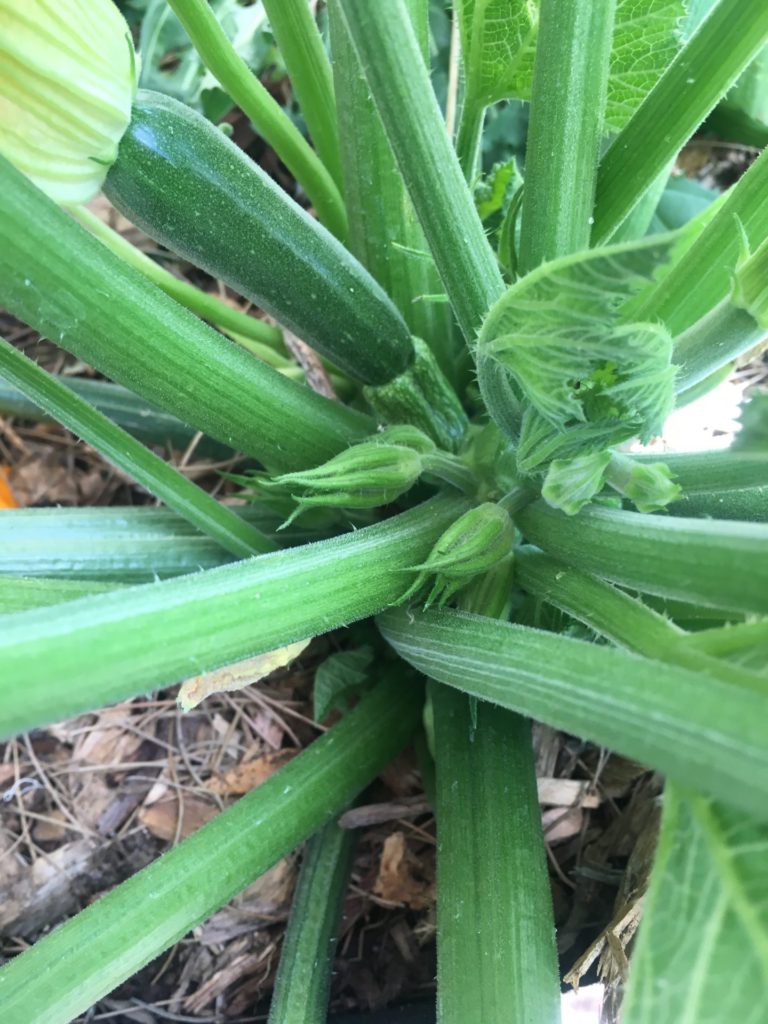
Summer Squash
Prolific producers, squash are best harvested when young within a week of setting fruit. Use the bonus crop of squash blossoms stuffed, battered, and fried. Squash are heavy feeders, plant in well-amended soils and in full sun. Direct sow. Try Genovese Zucchini(55 days), Mutabile zucchini(55 days), Bennings Green Tint Scallop squash(50 days), or Desi squash which is ready in a mere 40 days. Plant in March to early May and in July to early September.
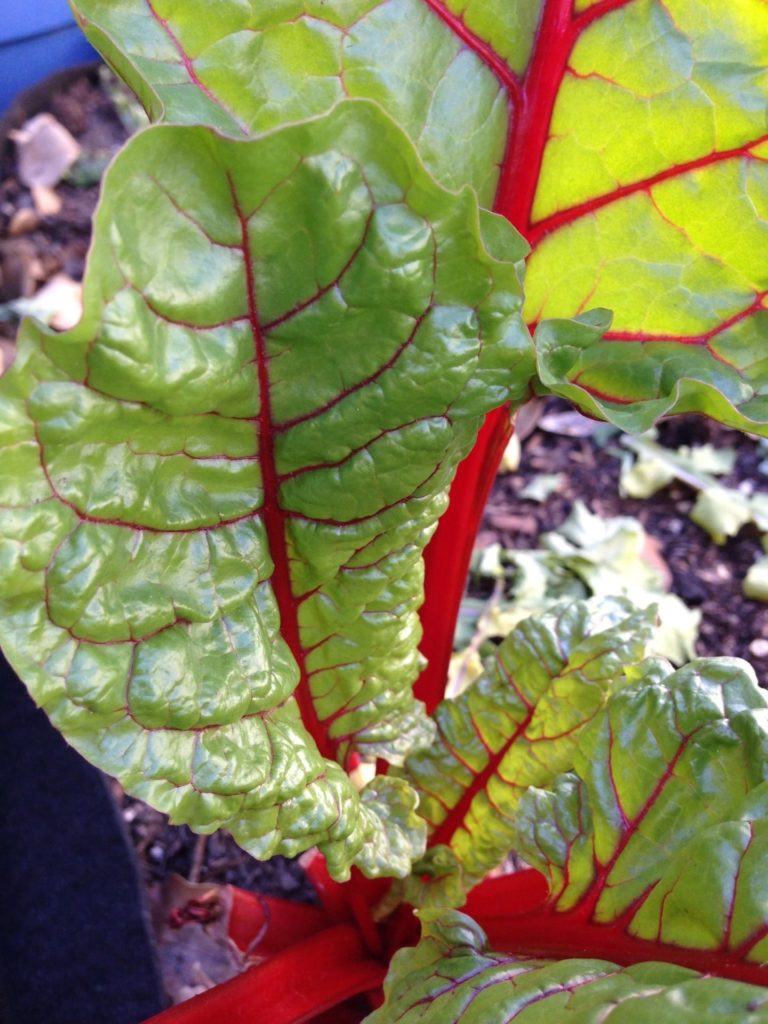
SWISS CHARD
Similar to beetroot but without the bulbs. Swiss chard does well from fall into late September. They often tend to survive the summer heat, going dormant and producing again when the temperatures cool down. Very ornamental looking. Try Apple blossom Swiss Chard Blend(20-35 days), Five Color Silverbeet(50-60 days), and Fordhook Giant(50-60 days). Can be used before fully mature. Plant mid-September to November and February to April.
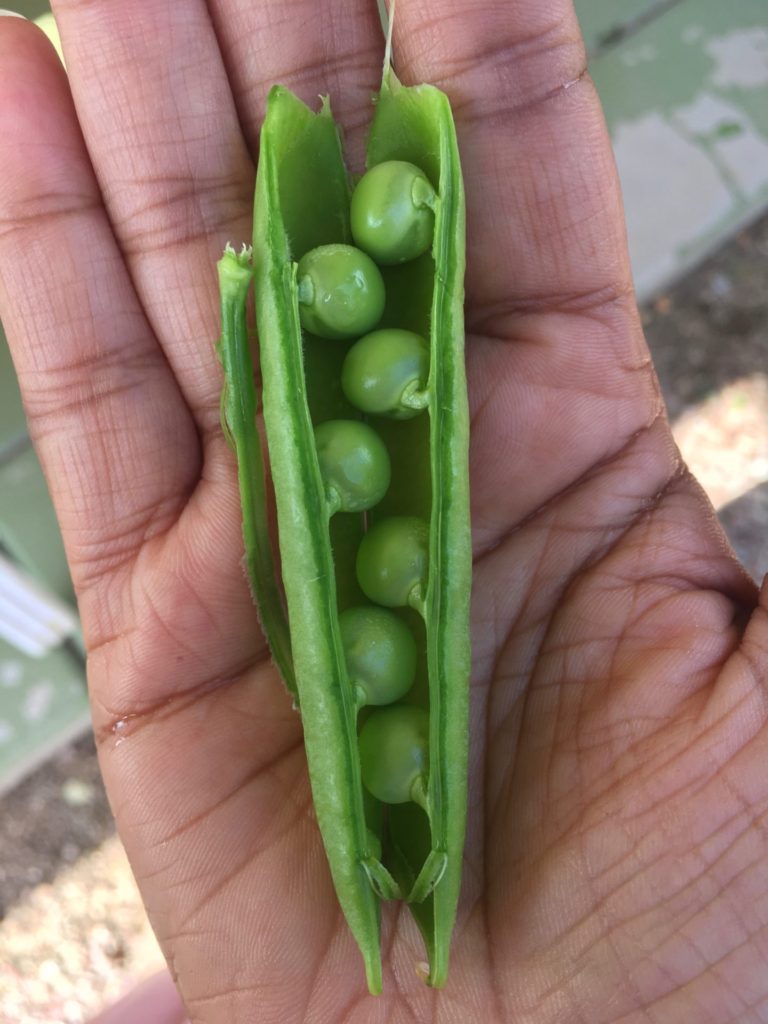
PEAS
Dwarf varieties of peas can also work in a quick cropping garden. They do not take up much space as they can be planted 1-2 inches apart. Use a short trellis or fence to support them and plant in full sun. Snow peas crop later that English varieties, most around 60-65 days. However, snap peas can be eaten as snow peas before the pods fill out. Try Sugar Ann Dwarf Snap (56 days). For English (shelling) peas, try Suttons Harbinger, an early cropping prolific variety (52 days) on 3 ft tall plants. Alaska Garden Pea is another English type that matures in 50 days. Direct sow. Plant mid-October to November and in March.

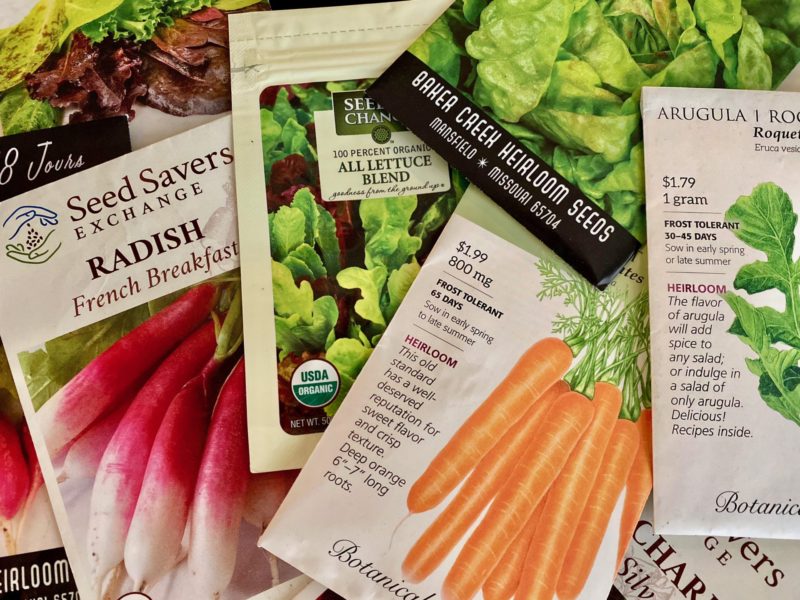
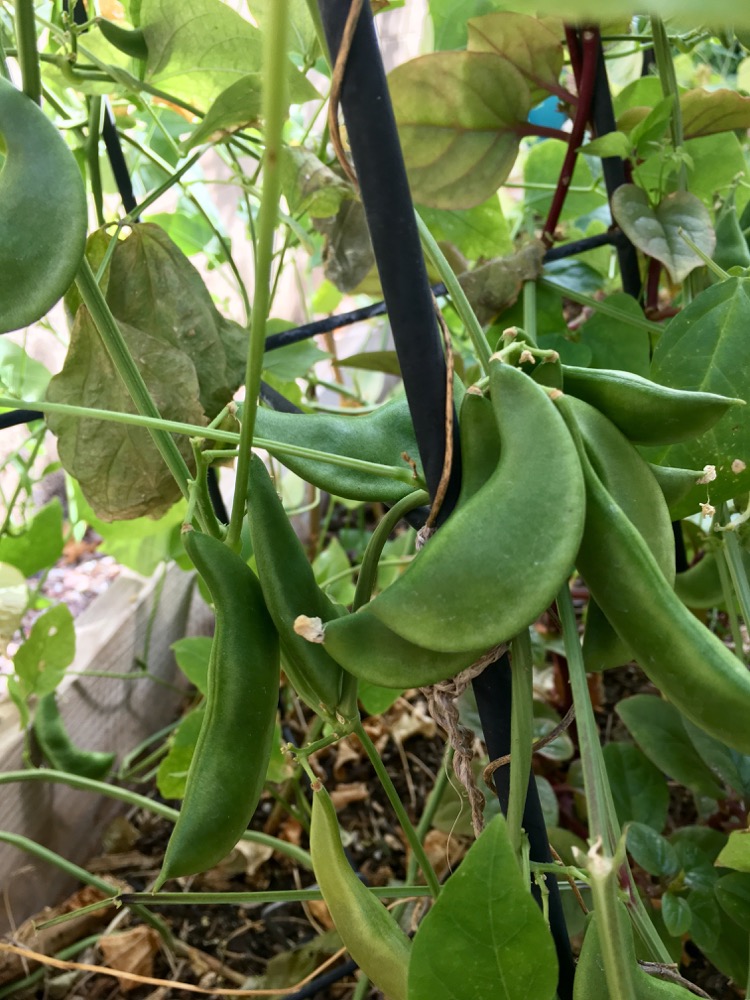
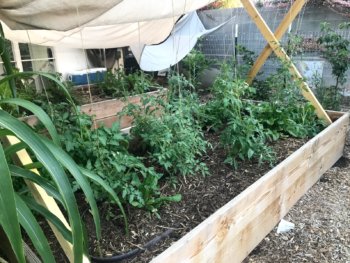
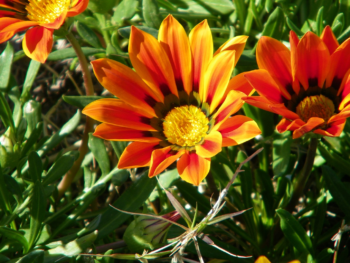
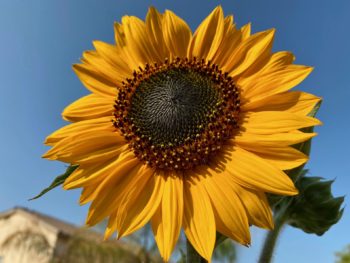
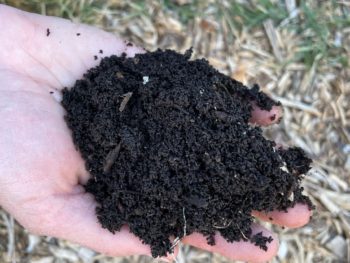
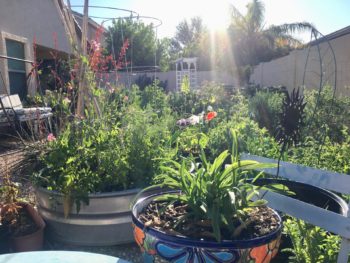

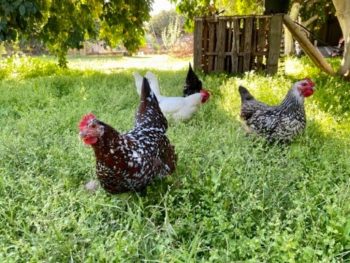


 How To Grow Cucumbers In The Desert
How To Grow Cucumbers In The Desert